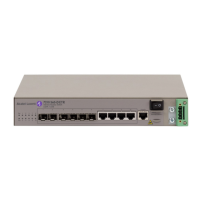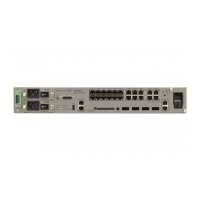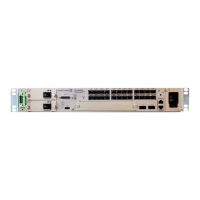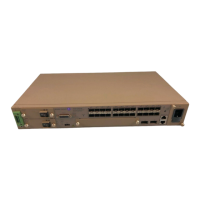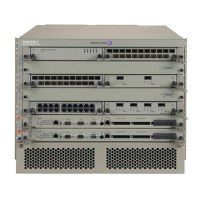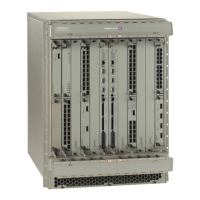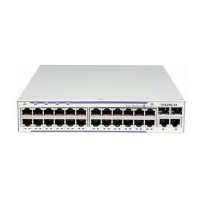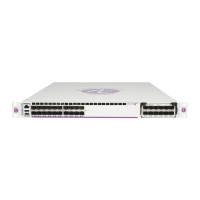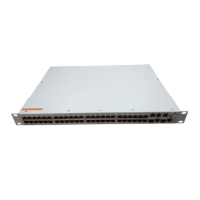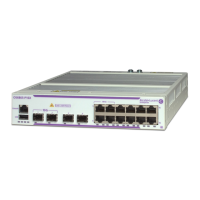Overview
Page 118 7210 SAS D, E, K OS Quality of Service Guide
Overview
Network QoS policy has an ingress and egress component, which define the QoS processing
behavior to be provided for packets that ingress the access-uplink port and egress the access-
uplink port respectively.
The ingress component of the policy defines how the Dot1p bits are mapped to internal forwarding
class and profile state for 7210 SAS-D and 7210 SAS-E devices. The ingress component of the
policy defines how the DSCP and Dot1p classification policies are mapped to internal forwarding
class and profile state for 7210 SAS-K. For more information, see the Configuration of DSCP and
Dot1p classification policies on 7210 SAS-K on page 135. The forwarding class and profile state
define the Per Hop Behavior (PHB) or the QoS treatment through the system. The mapping on
each access uplink port defaults to the mappings defined in the default network QoS policy until
an explicit policy is defined for the access uplink ports. It also defines the bandwidth-limiting
parameters for the traffic mapped to each forwarding classes. Traffic mapped to each forwarding
class can be limited to configurable bandwidth values using separate meters/queues for each
unicast and multipoint traffic .
NOTE: 7210 SAS platforms provide different mechanisms to limit the bandwidth per forwarding
class. On 7210 SAS-D and E, user need to use policers/meters to rate-limit the traffic per
forwarding class. On 7210 SAS-K, users can use the queue with packet buffers and a rate shaper to
limit and shape the traffic per forwarding class. Use of queue with shapers typically allows for
better TCP traffic behavior in the network.
The egress component of the network QoS policy defines the marking values associated with each
forwarding class.
On 7210 SAS-D and 7210 SAS-E, each forwarding class defined within the system automatically
creates a queue on each access uplink ports. This queue gets all the parameters defined within the
default network QoS policy 1 until an explicit policy is defined for the access uplink ports.
On 7210 SAS-K, user has an option to define the number of queues to use per access-uplink port
and map the forwarding class to queues. By default network QoS policy 1 is used for access-uplink
ports, until an explicit policy is associated. The default policy creates 8 queues per access-uplink
port. The queues gets all the parameters defined with the default policy.
Access uplink port egress marking support:
• For 7210 SAS-E, remarking is always enabled on the access uplink ports. User does not
have an option to disable it.
• For 7210 SAS-D and 7210 SAS-K, remarking can be enabled or disabled on access uplink
ports.
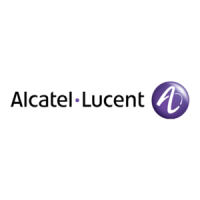
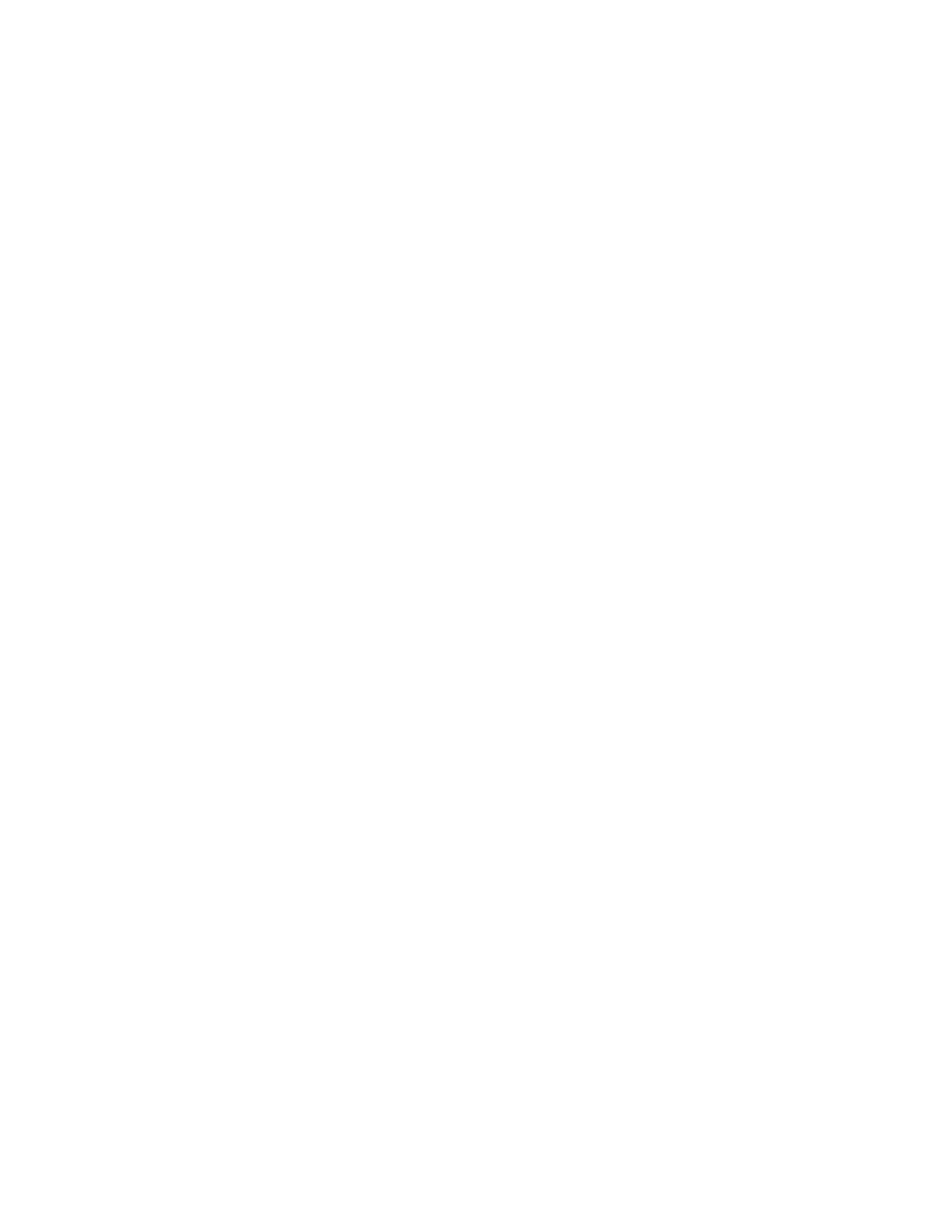